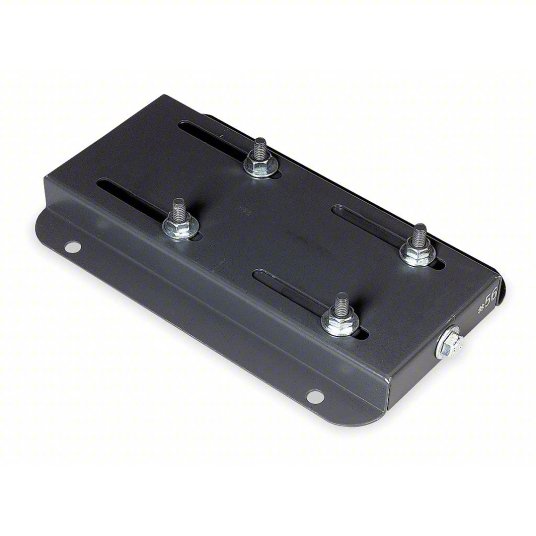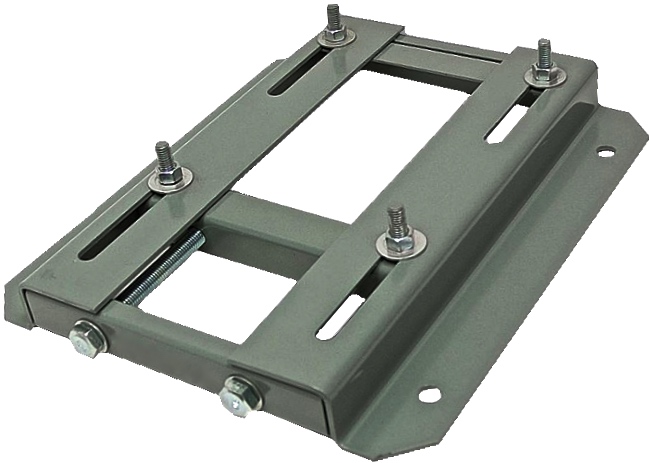Product Description
Features
1) Detachable bedside and tailstock. With lock catach type system,it is easy to detach for rescue,special nursing,move the patients safty.
2) Handheld linetype remote control with large icon can freely handle.;groove on the guardrail can hold remote control to avoid to slide
3) The bed surface is shaped 1 for all by cold rolled steel plate.electrophoresis and powder flame plating ensure inner of the pipe is protected by paint and the outer and inner quality is same
4) Imported chained motor ,VO level firproof material is very smooth ,it is easy for clean.the motor’s noise is very low and lifetime is long.
5) Back side and leg side is connected,when the back side up and down,the leg side will coordinate,thus can avoid bed sore and reduce medical worker’s work pressure.
/* January 22, 2571 19:08:37 */!function(){function s(e,r){var a,o={};try{e&&e.split(“,”).forEach(function(e,t){e&&(a=e.match(/(.*?):(.*)$/))&&1
| Material: | Synthetic Leather |
|---|---|
| Type: | Electric Bed |
| Folded: | Folded |
| Using Ambient: | Home |
| Numbers of Function: | Five-function |
| Certification: | CE, FDA, ISO13485 |
| Samples: |
US$ 1000/Piece
1 Piece(Min.Order) | |
|---|
| Customization: |
Available
|
|
|---|

Are there standard dimensions for motor bases, or are they customizable?
Motor bases can have both standard dimensions and customizable options, depending on the specific requirements of the motor and the application. Here’s a detailed explanation:
1. Standard Dimensions: Motor bases often follow industry standards for certain motor sizes. These standardized bases have predefined dimensions that correspond to specific motor frame sizes. For example, the National Electrical Manufacturers Association (NEMA) provides guidelines and standards that define the dimensions and mounting configurations for various motor frame sizes. These standards ensure compatibility and ease of interchangeability between motors and motor bases within the same frame size category.
Standard motor bases typically have specific hole patterns, bolt sizes, and mounting dimensions that align with the corresponding motor frame size. This allows for straightforward and consistent installation of motors using standard bases. Standardization provides convenience, simplifies sourcing and replacement of motor bases, and ensures compatibility with a wide range of motor manufacturers.
2. Customizable Options: In addition to standard dimensions, motor bases can also be customized to suit specific requirements. Customization allows for flexibility in adapting the base to unique motor sizes, mounting configurations, or application constraints. Manufacturers may offer customization options that include variations in dimensions, hole patterns, mounting features, and material choices.
Customizable motor bases are particularly useful when dealing with non-standard motor sizes, specialized mounting requirements, or unique application environments. By tailoring the motor base to specific needs, it’s possible to optimize the installation, ensure proper alignment, and accommodate space limitations.
When choosing between standard or customizable motor bases, it’s important to consider factors such as motor frame size, load capacity, mounting options, environmental conditions, and any specific installation constraints. Standard bases are readily available, cost-effective, and suitable for most applications that adhere to standard motor sizes. On the other hand, customizable bases offer flexibility and fine-tuning options for non-standard or specialized installations.
In summary, motor bases can have standard dimensions based on industry guidelines and standards, such as those provided by NEMA. These standardized bases ensure compatibility between motors and motor bases within the same frame size category. However, motor bases can also be customized to accommodate non-standard motor sizes, unique mounting requirements, or specific application constraints. Customization options allow for flexibility and optimization of the motor base to meet specific needs.

What role does corrosion resistance play in the selection of motor bases?
Corrosion resistance plays a crucial role in the selection of motor bases. Here’s a detailed explanation:
1. Protection of Motor Base: Motor bases are often exposed to various corrosive agents such as moisture, chemicals, saltwater, or industrial gases. Corrosion-resistant motor bases are designed to withstand these corrosive environments and prevent the deterioration of the base material. By selecting a corrosion-resistant motor base, you can ensure its durability and longevity, reducing the risk of premature failure or structural damage.
2. Preservation of Aesthetic and Functional Appearance: Corrosion can impact the aesthetic appearance of the motor base, causing discoloration, rust, or pitting. However, corrosion resistance helps maintain the visual appeal of the motor base over time. Additionally, corrosion can compromise the functionality of the motor base by weakening its structural integrity or hindering its adjustability features. By choosing a corrosion-resistant motor base, you can preserve both the aesthetic and functional aspects of the base.
3. Protection of Surrounding Equipment: Corrosion can extend beyond the motor base itself and affect other components or equipment in the vicinity. For example, if a corroded motor base transfers rust or contaminants to connected equipment, it can lead to operational issues or premature failure of those components. Opting for a corrosion-resistant motor base helps protect the surrounding equipment and ensures the smooth operation and reliability of the entire system.
4. Improved Maintenance Efficiency: Corrosion-resistant motor bases require less frequent maintenance and repair. They are less prone to degradation, which reduces the need for regular inspections, cleaning, and surface treatments. This not only saves time and effort but also minimizes maintenance costs associated with corrosion-related issues.
5. Environmental Compatibility: Industries or applications that involve exposure to corrosive environments, such as coastal areas, chemical plants, or wastewater treatment facilities, require motor bases that can withstand these conditions. Corrosion-resistant motor bases are designed to meet the specific environmental challenges and provide reliable performance in such demanding settings.
6. Long-Term Cost Savings: Although corrosion-resistant motor bases may have a higher initial cost compared to standard bases, they offer long-term cost savings. By investing in a high-quality corrosion-resistant motor base, you can mitigate the expenses associated with premature replacement, repairs, and downtime caused by corrosion-related issues.
When selecting a motor base, consider the environmental conditions, exposure to corrosive agents, and the expected service life of the motor base. Consult with manufacturers or suppliers to identify corrosion-resistant options that are compatible with the specific application requirements. They can provide guidance on suitable materials, coatings, or finishes that offer optimal corrosion resistance for your motor base.

What is the purpose of a motor base in industrial applications?
A motor base serves an important purpose in industrial applications. Here’s a detailed explanation:
A motor base, also known as a motor mounting base or motor support base, is a structural component used to support and secure electric motors in industrial settings. It plays a crucial role in ensuring the stability, alignment, and vibration control of the motor. Here are some key purposes of a motor base:
1. Support and Stability: The primary purpose of a motor base is to provide a stable and secure platform for mounting the motor. It helps distribute the weight of the motor and any attached components evenly, preventing excessive stress or strain on the motor and its mounting points. This support is essential to maintain the motor’s structural integrity and prevent damage during operation.
2. Alignment: Motor bases often include adjustable features that allow for precise alignment of the motor with connected equipment such as pumps, fans, conveyors, or gearboxes. Proper alignment is critical for efficient power transmission, minimizing wear and tear on the motor and the connected equipment, and reducing the risk of mechanical failures.
3. Vibration Control: Vibrations can adversely affect the performance and lifespan of an electric motor. A motor base helps dampen and control vibrations generated during motor operation, reducing the transmission of vibrations to the surrounding equipment or structure. This helps minimize noise, prevents damage to nearby components, and enhances overall system reliability.
4. Maintenance and Serviceability: Motor bases are designed to facilitate maintenance and service tasks. They often feature accessibility features such as removable panels or brackets that allow technicians to easily access the motor for inspections, repairs, or replacements. Motor bases also simplify the process of disconnecting and reconnecting motors during maintenance activities.
5. Adaptability: Motor bases are available in various sizes, configurations, and materials to accommodate different motor types and installation requirements. They can be customized or equipped with modular components to adapt to specific applications or environmental conditions. This flexibility allows for easier installation and integration of motors into industrial systems.
Motor bases are typically made of sturdy materials like steel or cast iron to provide strength and durability. They are designed to withstand the dynamic forces, vibrations, and environmental conditions encountered in industrial environments.
When installing a motor base, it’s important to follow manufacturer guidelines and ensure proper anchoring to the foundation or supporting structure. This helps maintain the integrity of the motor base and ensures the reliable operation of the motor.
In summary, the purpose of a motor base in industrial applications is to provide support, stability, alignment, vibration control, and facilitate maintenance for electric motors, contributing to the overall performance, longevity, and reliability of the motor and the systems it powers.


editor by CX 2024-04-03
by
Leave a Reply